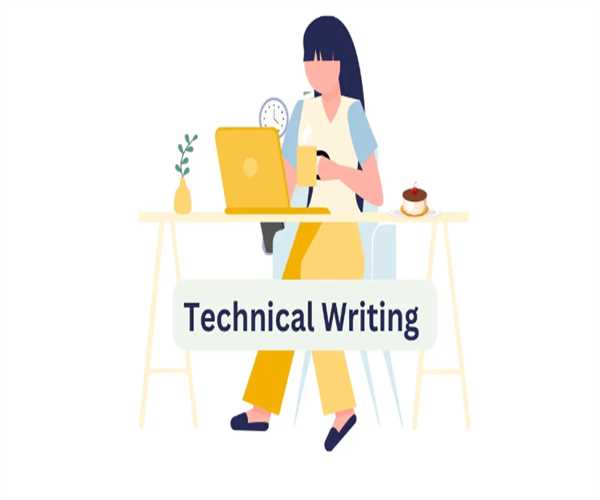This blog offers an informative look at the art of effective article writing.
It provides useful advice and tactics, emphasizing components such as compelling titles, concise content, rigorous editing, smart use of images, and SEO procedures.
This article, aimed for both new and experienced writers, is a complete guide to mastering the skill of creating interesting articles.
15 minutes every day.
In today's world, time is the most valuable commodity. The way you utilize it is the most crucial indicator of what you value and want to build. It might be your family, your job, your friendships, your vacation, or even the things you contribute to the community.

Here is the approach that I use to use my time efficiently when creating technical articles:
Yes, just 15 minutes per day. That amounts to 90 minutes each week and six hours per month, which is enough to write an essay.
You can use that time to organize material, decide what to write, choose your featured image, decide on your topics, implement sample code bases, and, of course, write.
Draft Titles:
In this step, I jot down essential subjects, bullet points, technical debts, and new things I learn in a notebook.
I give each heading in this notebook a priority, and I select headings from this bucket based on their priority.
For example, a new thing that I learn is given the utmost priority. This is because the most effective approach to learn a new topic is to practice it. Writing an article about it and putting it into action is the most effective way for me to practice.
Sketch
The third step is planning, which I refer to as "sketching" because I am performing high-level planning in the form of a sketch.
I have a template for this that I follow with each piece. This sketch serves as my starting point for drafting the article. This includes:
- Featured Image
- Title and Subheadings
- Code implementation, if necessary.
- Topics / Supporting Points
- Write the article's text.
Research and Refresh (the two Rs)
Once I get my sketch, the two Rs era begins. These are called "research" and "refresh".
Even if I have a thorough understanding of the issue, I always perform new research into what I intend to write about. That's because I'm sharing this information with you, and it should be absolutely apparent.
Research also replenishes my bucket. I am filling my bucket with clean, clear water that is bright enough to share.
I implement my plan by carrying out each item in the drawing in the specified order.
First, I select a featured image to visually represent the issue, making the path ahead and the ultimate aim more obvious.
Next, I concentrate on developing the title and subheadings. Starting with subheadings allows me to organize my thoughts and fill in the gaps later on when writing the piece.
If a sample code base is required, I will implement it as the third stage before authoring the essay. Code is another visual assistance that allows me to better comprehend and express the subject.
Then come the subjects. These are significant because the entire text will cover them.
Finally, I'm ready to begin writing. Filling in the details is simple when you follow my sketch.
A crucial recommendation for this phase is to choose a spot where you feel at ease, as shown in the included article. This could be a coffee shop, a beachfront location, a mountaintop viewpoint, or your own balcony. Finding an appropriate location might help you increase your productivity throughout the execution phase.
Proofread your work.
After drafting my piece, it's time for the final step: proofreading my work. Here, I go over each step one by one, but with a slight twist.
I examine the steps in the opposite order. First, I read my paper, then I review my themes and codebase. Then I make sure my titles and subheadings fit the text, subjects, and code base. The final check is for the featured image.
While reading the post, I discovered that using time-saving techniques can be really beneficial. For example, I use Grammarly to detect spelling and grammar problems. You can also utilize ChatGPT for this purpose. Simply ask ChatGPT to correct your spelling and grammar mistakes before sending your text.




Leave Comment